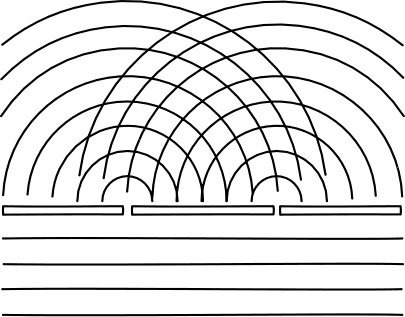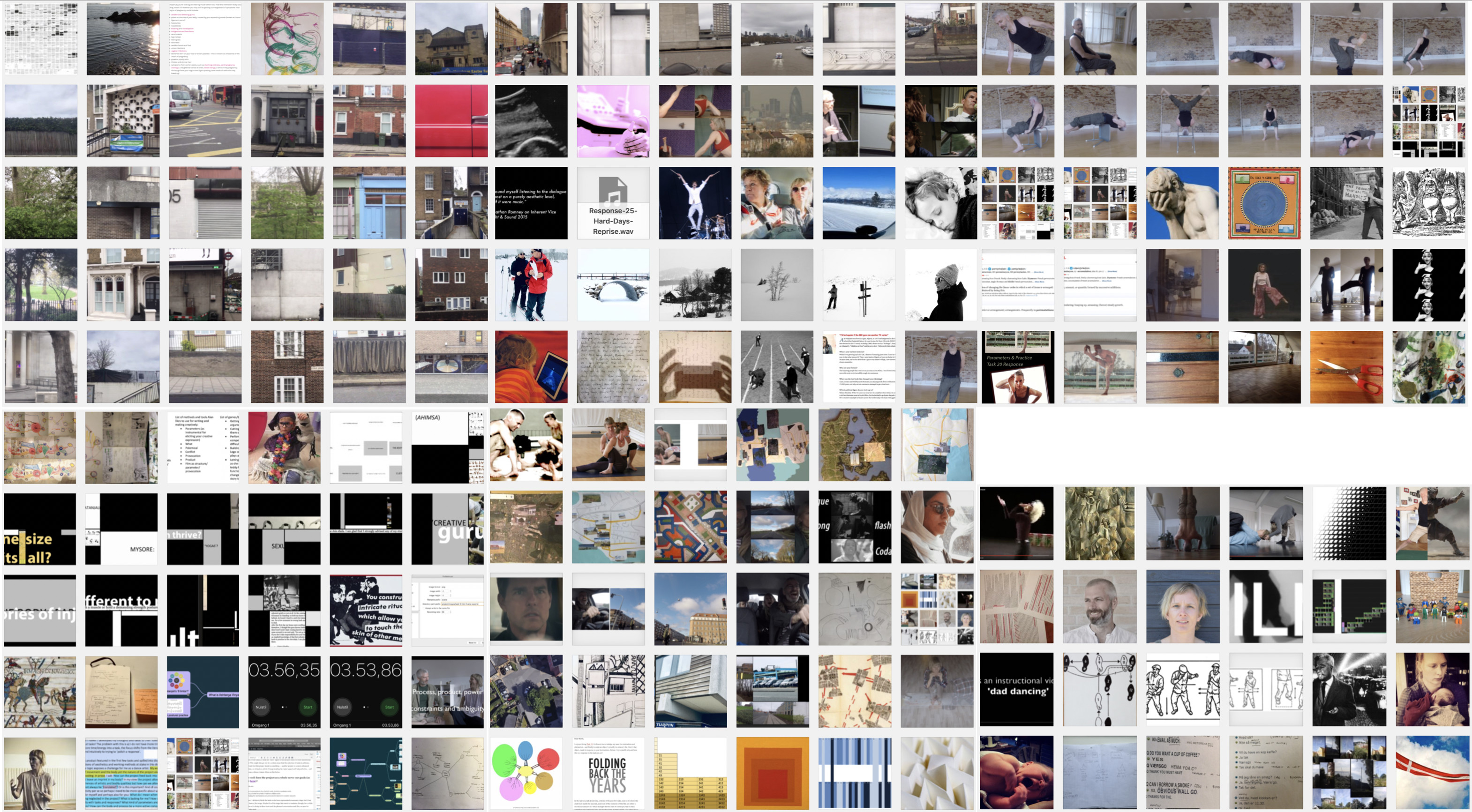Response 30 - Not waving but diffracting
Dear Marie,
Thanks a bunch of chocolate eggs for this task. Yes, I took Karen Barad’s famous book Meeting the Universe Halfway (2007) on holidays to the Danish island of Fur a couple of summers ago. It did certainly stir my sun-warmed mental molecules, though I had no way, as someone who knows about quantum physics only as a man with cheap binoculars knows about clouds, to gauge her claim that her theory of ‘agential realism’ was based on empirical foundations. But it was exciting stuff: beyond me, but I knew it would be generative, and it has been. I used Barad on the ‘apparatus’ in my talk on this project at Aarhus University in January, because it felt like she described the impure mechanism of investigation that we had constructed. (‘Apparatuses,’ she writes, ‘are not static laboratory setups but a dynamic of open-ended practices, iteratively refined and reconfigured’ (p.167).) But I don’t recall ever talking about Barad’s key idea of entanglement or about her core method/metaphor of diffraction. So, thanks a great big bunch indeed for picking out those two concepts for me to feel inadequate to the elucidation of over the Easter break.
Nervous and late, I have settled on diffraction, referring to how waves combine when they encounter an obstacle or another wave. Barad devotes chapter two of her book to it (I reread this), borrowing the idea of diffraction as method and metaphor (a way of viewing the world) from the great feminist thinker and scholar of science Donna Haraway. (We had a teacher in Cambridge who constantly went on about Haraway’s ‘Cyborg Manifesto’. This person always wore several days’ untidy facial stubble and a loose knitted pullover. Someone penned a satirical stanza to be sung about him to the melody of Leonard Cohen’s ‘Suzanne’; I remember the lines ‘and he wants to be a cyborg / but he’s trapped inside a jumper…’.) Haraway means diffraction as an alternative to ‘reflexivity’, as in this opt-quoted passage (Barad uses it as an epigraph, p. 71):
Reflexivity has been recommended as a critical practice, but my suspicion is that reflexivity, like reflection, only displaces the same elsewhere, setting up worries about copy and original and the search for the authentic and really real. […] Diffraction is an optical metaphor for the effort to make a difference in the world. […] Diffraction patterns record the history of interaction, interference, reinforcement, difference. Diffraction is about heterogeneous history, not about originals. […] Diffraction is a narrative, graphic, psychological, spiritual and political technology for making consequential meanings.
To gloss: the purpose of diffractive methods (of reading, and of collaboration, say), is to foreground and enable the entanglement (ah—there’s the word) of the reader, the scientist, the scholar, the collaborator, with the object of study or activity of collaboration. Instead of standing separate, regarding oneself regarding (the reflexive position), the diffractive investigator/collaborator intra-acts (Barad’s neologism). Barad makes diffraction the cornerstone (sorry, the master wave) of her approach. She reads quantum theory through Foucault, and Judith Butler through Niels Bohr, letting the ‘waves’ merge and become a variety of somethings new that still preserve their difference. Diffraction is essential to her activist ‘onto-epistemology’ (i.e. her conviction that knowing and being are mutually constitutive):
knowing is a material practice of engagement as part of the world in its differential becoming (p. 89)
practices of knowing are specific material engagements that participate in (re)configuring the world. […] Making knowledge is not simply about making facts but about making worlds. (p. 91)
In my task, you asked me if any of the responses we have given in the project so far help explain Barad’s concepts. I will answer the task the other way around: Barad and Haraway’s concept of diffraction helps to explain our project. Imagine for a self-flattering moment that we are not two distinct beings throwing out our project tasks like dodgeballs or like particles that bounce off each other, unable to occupy the same place; imagine instead that you and I are two heaving passionate seas and that the tasks are waves that constitute and emerge from each of us, which meet and merge and generate novel interference patterns in the weekly responses.
You ask me for an object that explains my chosen concept of diffraction, to make it more tangible. And here it is. The WordPress content management system that powers this project website contains a media library of all the images we upload to the site (not the videos, which are embedded from their hosting on Vimeo or YouTube). These images are of various types—illustrative, conceptual, evidential, etc.—and we have used a regularly updated snapshot of the media library thumbnails as our website homepage image. What this snapshot records is the process of diffraction, of our mutual intra-action, as we set and respond to tasks: it bears the traces of our year-long project of interaction, interference, reinforcement and difference.
And so, here is the up to date snapshot of the images in our media library, recording the activity of diffraction that is Parameters & Practice. (Click on the image to see it larger in a new window.)


